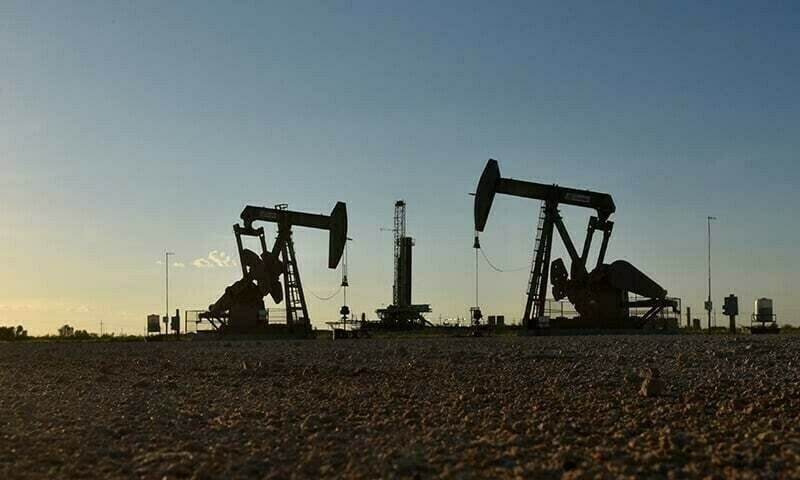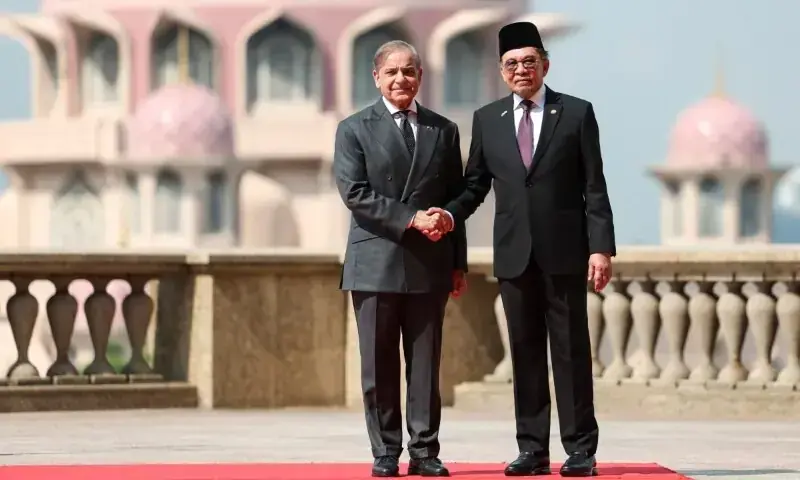Chinese and Indian refiners will source more oil from the Middle East, Africa and the Americas, driving up prices and freight costs, as new U.S. sanctions on Russian producers and ships slow supplies to Moscow’s biggest customers. traders and analysts said.
The US Treasury on Friday imposed sanctions on Russian oil producers Gazprom Neft and Surgutneftegas, as well as 183 ships that have shipped Russian oil, targeting revenues that Moscow has used to finance its war with Ukraine.
Many of the tankers have been used to ship oil to India and China, as Western sanctions and a price cap imposed by Group of Seven countries in 2022 shifted Russian oil trade from Europe to Asia. Some tankers have also shipped oil from Iran, which is also under sanctions.
Russian oil exports will be severely affected by the new sanctions, which will force independent Chinese refiners to reduce refining output in the future, two Chinese trade sources said. The sources declined to be identified because they are not authorized to speak to the media.
Among the newly sanctioned ships, 143 are tankers that handled more than 530 million barrels of Russian crude last year, about 42 percent of the country’s total maritime crude exports, Matt Wright, chief analyst at Kpler transport.
Of these, about 300 million barrels were sent to China, while most of the rest went to India, he added.
“These sanctions will significantly reduce the fleet of ships available to deliver crude oil from Russia in the short term, driving up freight rates,” Wright said.
A Singapore-based trader said designated tankers shipped about 900,000 bpd of Russian crude to China over the past 12 months.
“He’s going to fall off a cliff,” he added.
During the first 11 months of last year, India’s Russian crude oil imports rose 4.5 percent year-on-year to 1.764 million bpd, or 36 percent of India’s total imports. China’s volume, including pipeline supplies, rose 2 percent to 99.09 million metric tons (2.159 million bpd), or 20 percent of its total imports, over the same period.
China’s imports are mainly Russian ESPO Blend crude, sold above the maximum price, while India mainly buys oil from the Urals.
Vortexa analyst Emma Li said Russian exports of ESPO Blend crude would stop if sanctions were strictly enforced, but it would depend on whether US President-elect Donald Trump would lift the embargo and also whether China recognized the sanctions.
Alternatives
The new sanctions will push China and India to return to the compliant oil market to seek more supply from the Middle East, Africa and America, the sources said.
Spot prices for Middle Eastern, African and Brazilian grades have already risen in recent months due to rising demand from China and India as supplies of Russian and Iranian oil have tightened and become more expensive, they added.
“Prices for Middle Eastern grades are already going up,” said an Indian oil refining official.
“There is no other option but to look for oil from the Middle East. Maybe we have to turn to American oil too.”
A second Indian refining source said sanctions on Russian oil insurers will lead Russia to price its crude below $60 a barrel so Moscow can continue using Western insurance and tankers.
Harry Tchilinguirian, head of research at Onyx Capital Group, said: “Indian refiners, the main buyers of Russian crude, are unlikely to wait to find out and will struggle to find alternatives in Atlantic Basin crude linked to the Middle East and the Dated-Brent.
“The strength of the Dubai benchmark can only increase from here as we are likely to see aggressive bidding for February with cargoes such as Oman or Murban, leading to a tighter spread between Brent and Dubai,” he added.
The Biden administration last month designated more ships handling Iranian crude ahead of tougher measures from the incoming Trump administration, prompting the Shandong Port Group to ban sanctioned tankers from docking at its ports in the eastern province of China.
As a result, China, the largest buyer of Iranian crude, will also turn to heavier oil from the Middle East and will most likely maximize its extraction of Canadian crude from the Trans-Mountain (TMX) pipeline, Tchilinguirian said.









